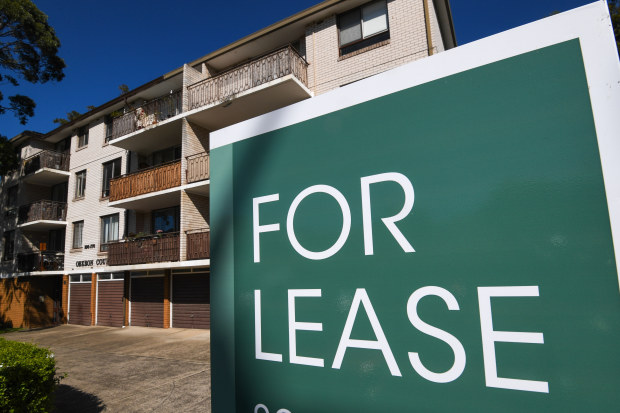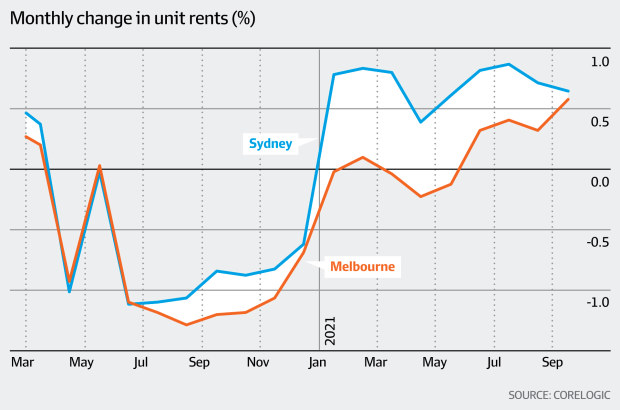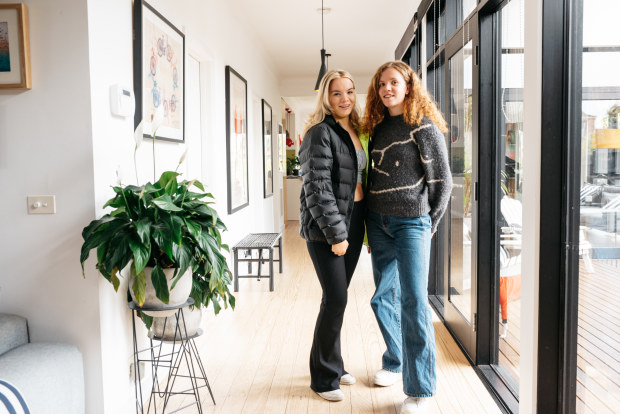Kensington: The inner-city suburb with family-sized space
Good value. Unbeatable location
It is the first time the property has been offered for rental in 24 years. Kensington provides quality of life and a desirable village feel, a walking distance to university, grocery shops and cafes as well as easy access to the Randwick hospital. [ See Sydney Morning Herald Neighbourhoods - Randwick 6 August 2021 ] On top of all this, the property is ideally located next to the popular race course and the Centennial Park, making it perfect for people who like fresh air as well as other green and seaside spaces. Just a short walk to light rail and bus transport links that will get you around Sydney in minutes.
- Right around the corner, near everywhere you want to be. Stellar amenities at your fingertips
Contact Stamo Katsidis
Sunny Two Bedroom Apartment in Kensington ( Randwick ) with Lock-Up Garages
11/15 DONCASTER AVENUE, KENSINGTON - RANDWICKInvestors and renters return to cities as pandemic fears ease
Inner-city supply is tightening and rental prices are beginning to increase.
Outer suburban and regional rental pricescontinue to soar as many inner-city rental markets struggle despite growing confidence that easing border restrictions and the eventual return of overseas students will boost demand.
Rents for suburban seaside suburbs around Sydney and outer Melbourne have increased by up to 40 per cent during the past 12 months as tenants compete for properties with lifestyle amenities.
Inner-city apartment rents are showing some signs of recovery. Peter Rae
John Daewoud, a director of the Property Co. Group, which rents properties in the Sutherland Shire, about 30 kilometres south of Sydney, says he recently had about 100 inquiries over three days for a family rental in Yowie Bay.
Daewoud says “anywhere around Sydney’s coastal fringe” is very popular as traditional renters are competing with those who have recently sold a property and are renting while searching for another.
“It’s a domino effect,” he says. “The property market is so strong that sellers have to rent until they can find another one to buy.”
It’s a similar story on Victoria’s Mornington Peninsula, a seaside and farming community around 76 kilometres south-west of Melbourne, which has boomed during COVID-19 lockdowns.
Andrew Levy, owner of rental agency Allocate, says the weekly rental of a four-bedroom holiday house with a pool has increased by around 40 per cent to about $10,000 as tenants compete for limited stock. “It is very, very difficult to find a long-term lease,” Levy says.
Shift away from apartments
Across the nation there has been a shift towards lower-density properties since the onset of COVID-19 in early 2020, according to analysis by CoreLogic, which monitors property markets.
Between March 2020 and September this year, average capital city house rents across Australia increased by nearly 10 per cent compared with a fall of around 1 per cent in capital city apartment rents, says CoreLogic.
Melbourne’s apartment sector has been the weakest (with rents down 7 per cent), followed by Sydney (down 1 per cent).
Melbourne and Sydney’s central and inner urban rental markets will continue to struggle, particularly in Melbourne, until office worker numbers increase and easing international border restrictions attract foreign students and immigrants, market specialists say.
Elishah Lusi, director of Melbourne’s Direct Property Group, says some inner-city, high-rise weekly rents have fallen by up to 30 per cent as landlords struggled to attract and retain tenants.
In Sydney, which has slowly started to reopen, there are signs of renewed activity, but it’s still a long way from pre-pandemic occupancy rates.
“It’s picking up after the past 14 weeks [of lockdown],” says Grant Ashley, a director of Sydney Cove Properties. “But there’s still some way to go.”
City rethink
Cautious investors are starting to return and lockdowns are beginning to ease, even though it’s likely to be slow getting back to pre-pandemic conditions, market specialists claim.
Tim Lawless, director of research for CoreLogic, says: “Once international borders reopen, it’s likely rental markets will see an immediate and positive impact as migrants, such as students, seek out rental accommodation.”
That is what has happened in London, New York and San Francisco as the COVID-19 danger eased and rental markets that were in the doldrums for nearly two years burst back into life.
New renters: twins Charlotte (left) and Lucy Abbott who are moving out of home closer to university. Tash Sorensen
In Melbourne, Lucy Abbott, 18, and her twin sister, Charlotte, believe the pandemic risk has reduced enough for them to move from their parents’ bayside home into a rental apartment closer to the city and the universities where they are studying.
“A lot of people have got stuck in the same routine during lockdown,” Lucy says. “We’re going to try something new.”
Peter Hurley, education policy fellow at Victoria University’s Mitchell Institute, says property markets have been the most affected by the 50 per cent drop in overseas students living in Australia.
More than $14 billion a year (or 36 per cent) of the $40 billion non-tuition spending went on rent, particularly around central business districts. Hurley is optimistic students will begin returning – rather than complete their degrees online – as international border restrictions continue to be eased.
Louis Christopher, managing director of SQM Research, adds that the regional exodus might slow or fall as long-term city dwellers “seek a return to a larger choice of amenities, family and friends”.
Investor demand rising
Lawless agrees that growing investor demand for apartments is also driving recovery. “Investor demand has historically been skewed towards the medium- to high-density sector, probably because of the lower maintenance and often higher yields associated with higher density-style dwellings,” he says.
Investor mortgage demand has increased from a record low of around 23 per cent to more than 30 per cent as interest rates fell to record lows and lenders eased restrictions.
Apartment price rises have slipped well behind houses while yields have risen, which makes it more attractive to many investors, according to CoreLogic.
“Both the lower entry point and higher yield profile may be an attractive option for investors as they become more active in the housing market,” Lawless says.
The annual trend for apartment rents recently turned positive and is catching up with the pace of growth for house rents, albeit off a lower base, CoreLogic analysis shows.
Apartment rents in capital cities fell by about 6 per cent between April and December last year. Rents in Melbourne’s central business district fell by more than 23 per cent and 19 per cent in Southbank.
Since the start of this year, capital city apartment rents have increased by around 5 per cent compared with a 7 per cent rise in city house rents.
Supply tightening
Inner-city supply is becoming more scarce and rental prices are beginning to increase.
“Rental demand is being deflected back towards inner-city precincts as other areas become less affordable for renters,” adds Lawless.
Residential property rental vacancies across the nation was around 2 per cent during September.
Adelaide, Perth, Darwin, Canberra and Hobart were below 1 per cent, Brisbane was 1.4 per cent and Sydney 2.7 per cent.
Melbourne and Sydney’s CBD vacancy rates were 8.4 per cent and 8.2 per cent respectively.



